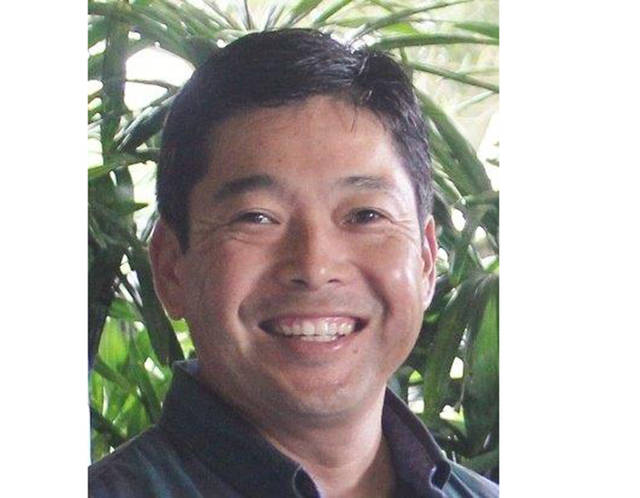KAILUA-KONA — Department of Water Supply officials maintained a tank-half-full perspective Tuesday at their monthly meeting with the Hawaii County Water Board.
DWS manager-chief engineer Keith Okamoto said despite four inoperative deep wells for the last two weeks, water stores have kept consistent with consumption across the North Kona region.
In the past, three downed wells garnered a 25 percent mandatory water usage restriction from the department. Okamoto attributed to several factors departmental ability to hold to a 10 percent voluntary conservation since Palani Deep Well fell offline May 9.
Those factors included responsible usage practices on the part of the community and a better internal understanding within DWS of system capability and adaptability.
“When we first went into a restriction, we’d never been in that situation, so out of caution we put out a restriction because we didn’t know how our guys were going to be able to move water around in the system,” Okamoto said. “But we learned a lot this past year about what our system and our guys are capable of doing.”
Makalei Estates Deep Well — the newest addition to the North Kona system, which DWS brought online within the last week, kicking the number of water sources in the region up to 14 — has also played a significant role in mitigating what could otherwise have proved a more precarious situation.
Running at a capacity of 800 gallons per minute, Makalei is capable of pumping more than 1.1 million gallons into the system every 24 hours if necessary.
Down and out
The timing of Makalei’s arrival is fortuitous, as none of the four offline North Kona wells are likely to return to service any time soon.
DWS is digging a new well at Waiaha in anticipation that the current well can’t be salvaged after a contractor’s cable snapped during an extraction there last summer, sending deep well equipment plummeting into the earth where it remains.
The department has awarded contracts for work at Honokohau and Hualalai but no timeline has been established for either deep well’s return to functional status.
Palani Deep Well initially came into service in 2012, requiring three repairs since. It was fixed most recently in October. Okamoto said it was disappointing to see a failure so soon, as new temperature sensors had been installed to help monitor the motor for overheating. Those sensors never indicated anything was wrong.
While Hawaii Electric Company has not yet delivered a power quality report to DWS for the time of Palani’s failure, the department had power monitoring equipment on site, which showed nothing out of the ordinary.
Overheating and power surges are common causes of deep well equipment malfunction.
“Everything looked normal until it failed,” said Clyde Young, DWS lead mechanical engineer.
Craig Takamine, Water Board chairman, said at Tuesday’s meeting that considering the history of Palani’s recent failure, he doesn’t want any more equipment sent down that particular deep well until the department and its contractors conduct a thorough analysis.
The manufacturer of Palani’s motor has scheduled a full tear down of the machine, but extraction isn’t likely to occur until early to mid-June, as Okamoto said the needed contractor is tied up with an extraction at Olaa No. 6 Deep Well in Mountain View.
Because of the timing of the failure, the Palani motor is still under warranty. Depending on the diagnosis, the manufacturer may foot the bill for replacement parts.
Down south
A warranty is likely to cover repairs to HOVE Deep Well, the only DWS water source serving Hawaiian Ocean View Estates, which failed in November. Repaired in February, the well’s new equipment failed in the start-up phase before pumping an ounce of water for consumption.
A tear down on the motor was completed in April following its excavation in March. The repair process also appears slated for June or July, Okamoto said.
However, DWS is still on the hook for the push/pull costs. Even when equipment fails, it’s the department’s responsibility to pay for its extraction and re-installation. Young said the total costs for the push/pull work at HOVE will be $85,000.
Okamoto said DWS is looking at how to rework future contracts to hold manufacturers accountable for such costs when equipment fails while still under warranty.







Of course he is grinning, more promotions and bonuses on the way……….